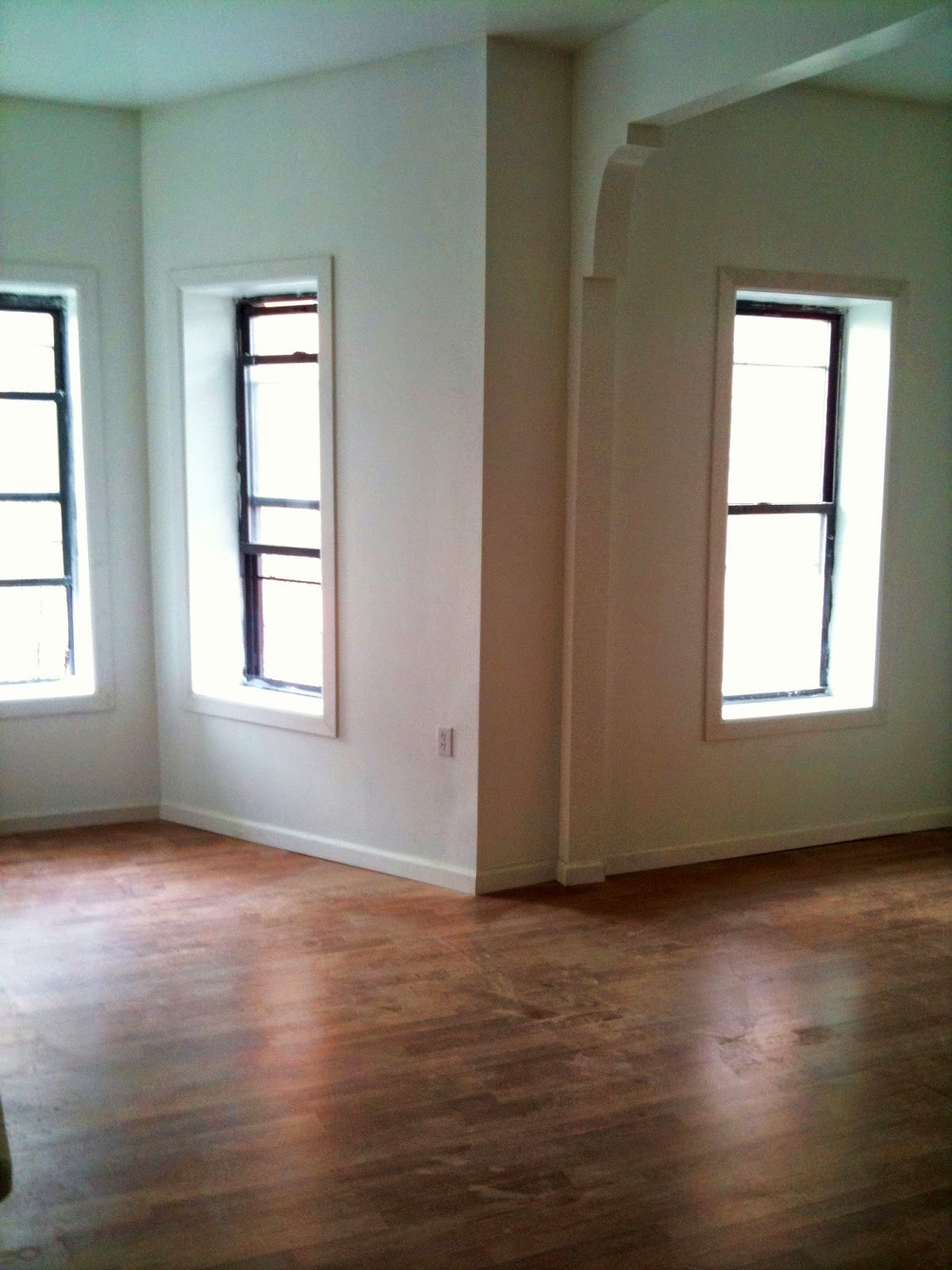LAMINATE FLOORING has become a very popular alternative to wood flooring for several reasons. It is versatile, easy to maintain, and reasonably priced. However, there are a number of drawbacks when it comes to laminate flooring. It is important to understand what you are getting into before making a final decision about whether to use this material in your home, or commercial properties.
Convenient Packaging: Natural hardwood flooring comes in planks that are 8 or 10 feet in length, and sometimes even longer. By contrast laminate planks that simulate hardwood are sold in convenient 4 foot strips. They are also available in tile form in varying sizes.
Versatility: Today laminate flooring can simulate the look of dozens of different natural hardwood materials. The printing process can also reproduce the appearance of a variety of natural stone, and ceramic flooring materials. With EIR embossed in register texturing they are even able to somewhat reproduce the surface texture of these natural materials.
Cleaning: The wear layer of a laminate floor protects the material from stains and some spills making cleaning and maintenance relatively easy. Typically the only regular requirement is sweeping or vacuuming of the floor to remove grit and dirt which can slowly erode the floors wear layer over time.
Installation: The installation of a laminate click together floor is one of the easiest do it yourself flooring projects you can undertake. New innovations in the manufacture of this material have made it so you do not even need to use adhesive. You just roll down a sheet of underlayment material, and then snap the planks or tiles of the floor into one another. An entire room can usually be finished in just a day or two.
Goes Anywhere: With the exception of carpet, laminate flooring can be installed over almost any existing floor in the home. As long as a moisture barrier is in place and water prevention measures are taken it can also be installed at any grade. This removes the hassle and expense of having to remove old flooring installations before installing new laminate materials.
The Elements: Laminate flooring is resistant to many of the outdoor agents that can discolor other flooring materials. The wear layer protects it from stains and smudges due to dirt and mud making it a great material for hallways and entryways. It also resists fading from UV light exposure making it popular in sun rooms.
Health: Laminate flooring is naturally resistant to the growth of mold and bacteria. It can also be treated with special allergen resistant and anti-bacterial coatings to make them even safer.
Expansion: The nature of the installation process means that the flooring material is not adhered directly to the subfloor. Rather all of the pieces of the floor are interlocked, or adhered one to another. That means that the material can expand, or contract, due to changes in pressure and temperature, without buckling and snapping against the subfloor.
Acclimation: Hardwood needs to sit in an environment for 3-6 weeks so that it can acclimate to the temperature and pressure of the area. Laminates can be installed in as little as 36 hours.
NOW, LET'S TALK DRAWBACKS .......
Refinishing: Laminate floors can not be refinished. They have a single wear layer, and when that is damaged the individual piece needs to be replaced. Over time the wear layer on the entire floor will degrade and scratches will appear in the surface of laminate materials. When this occurs the entire floor will need to be replaced.
Sound: When you walk on a laminate floor it produces a hollow sound, that makes the material feel fake and manufactured. This can be offset to some extent through the use of dampening underlayment materials, which can help to simulate the sound of natural hardwood flooring.
Unnatural Feel: While laminate can simulate the look of hardwood, stone, or brick perfectly, the illusion fades as soon as you feel the material with your bare hands. While embossing can provide a textural surface for laminates, the material itself has a man-made feel that makes it obvious that this is not a natural floor surface.
Hard: Laminate flooring is quite hard and unyielding under foot. Even cork or foam padding on the back will generally not alleviate this characteristic.

Lifespan: The life span of a laminate floor is going to be based on the quality of the material and the thickness of the wear layer. Most laminate floors will come with a warranty, however it is important to check the terms and conditions of that warranty before you buy. In some cases you will need to take certain precautions during the installation process or risk voiding the warranty and losing its protection.
Cleaning: Unlike other flooring, you can not allow laminate to get wet. It may start to buckle underneath from repeated moisture.
Laminate is an easy and quick solution to making a room look updated. Make sure you think about where to place it. In other words, it may not be a good idea to place it in an area where there is moisture. Ie: a basement that may be prone to dampness.
We have installed laminate in brownstones and they have lasted for years and look beautiful!!!!
Questions? designrenovation@hibiscusflowershop.com



Laminate flooring is a material that is manufactured to look like wood flooring. This variety of floor covering has several positive aspects that other woods simply cannot offer you with.
ReplyDelete